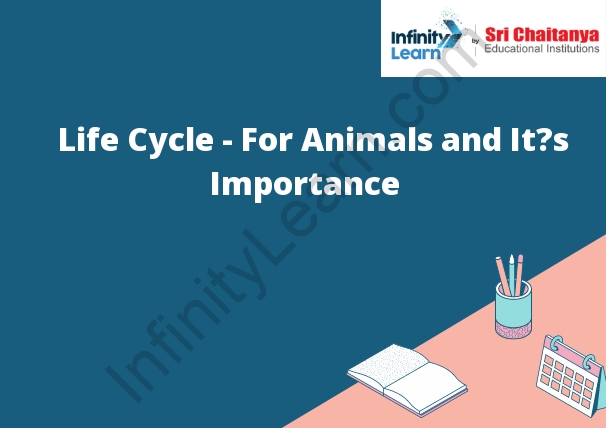Table of Contents
About Animal Life Cycle
The animal life cycle is a process that repeats itself in the life of an animal. The cycle begins with the animal being born, then growing and maturing, reproducing, and eventually dying.

Beginning of Life
The beginning of life is a complex and mysterious process. Scientists have been studying it for centuries, but there is still much we do not understand.
One of the earliest steps in the process of life is the creation of a new organism. This begins with the joining of two cells, called fertilization. Fertilization can occur in a number of ways, but usually happens when a sperm cell from the father joins with an egg cell from the mother.
Once the cells have fused, they begin to divide and grow. This process, called mitosis, creates a new, genetically distinct individual. The cells that make up this individual will continue to divide and grow, eventually becoming an embryo.
The embryo undergoes a process of development, which eventually leads to the birth of a new baby. This process is still not completely understood, but we know that it is controlled by the genes of the embryo.
The beginning of life is an amazing process, and scientists are still working to unlock all its secrets.
Life Span
The life span of a particular species is the total length of time that individual members of that species are able to live.
Four Stages of the Life Cycle
of a Butterfly
The four stages of the life cycle of a butterfly are the egg, the larva, the pupa, and the adult. The female butterfly lays eggs on a plant, and the eggs hatch into larva. The larva eat the leaves of the plant, and grow until they are ready to pupate. The larva pupates by spinning a silken cocoon around itself, and the adult butterfly emerges from the cocoon. The adult butterfly feeds on nectar and mates, and then the cycle starts over again with the eggs.
Life Cycle
of a Flower
A flower begins its life as a seed. The seed is planted in the ground, and it grows into a plant. The plant grows a stem and leaves. The stem grows flowers, and the flowers turn into seeds. The seeds grow into new plants, and the life cycle begins again.
Why are Life Cycles Important to Living Things
?
A life cycle is important to living things because it is the process that living things use to grow and develop. A life cycle typically starts with a living thing being born, and then it grows and develops until it is able to reproduce. After it reproduces, the life cycle starts over again with the living thing being born.
Adaptations to Survive
in the Desert
There are many adaptations that help animals survive in the desert. One is that they may have a very low body temperature, which conserves water. Their skin may be very thin and their body may be very streamlined, which helps them avoid losing water to the air. They may also have a very low metabolic rate, which means they don’t use as much water. Some animals, like camels, have specially adapted eyelashes that keep the sand out of their eyes, and they can go for a long time without drinking water.
Reproduction
Females lay eggs in clusters on the undersides of leaves. The eggs hatch into nymphs, which look like small, wingless adults. The nymphs go through several molts before becoming adults.
Reproductive Stages
The reproductive stage of a female mosquito is the time when she is able to lay eggs. The reproductive stage of a male mosquito is when he is able to mate with a female.
List of Life Cycles
A life cycle is a series of changes that a living organism goes through during its lifetime.
The following is a list of some common life cycles:
• Egg to baby to adult
• Seed to plant to flower to seed
• Tadpole to frog
• Caterpillar to butterfly
• Larva to beetle
• Tadpole to frog
Zygotic and Gametic Meiosis
Zygotic meiosis is the first meiotic division that occurs in an embryo. Gametic meiosis is the second meiotic division that occurs in the ovum and sperm.
Sporic Meiosis
Sporic meiosis is the process of meiosis that produces spores. In sporic meiosis, the cells undergo two rounds of division, each time producing four spores. The spores are haploid, meaning they have only one set of chromosomes.







